The Journal of Urban Affairs has a nice new issue out, with plenty of papers worth reading. This was my pick for this morning:
BROWN-SARACINO, J, and C RUMPF. “DIVERSE IMAGERIES OF GENTRIFICATION: EVIDENCE FROM NEWSPAPER COVERAGE IN SEVEN US CITIES, 1986–2006.” Journal of Urban Affairs Google Scholar. Web. n.d.
It’s secured, I’m sorry to say, as it’s an academic journal. I didn’t have much luck finding a pdf, but I also didn’t try that hard, either. If you find one, send a blogger a head’s up, please. From the abstract:
This study indicates that newspaper coverage of gentrification is far more diverse than the gentrification literature predicts. Our analysis of 4,445 articles published between 1986 and 2006 in nine papers in seven U.S. cities with a population of one million or greater suggests that newspaper frames of gentrification range from those that are wholly supportive of gentrification to those that are strictly critical. Papers also regularly publish accounts of gentrification that reference both its perceived “costs” and “benefits.” We find that coverage changes over time and that newspaper frames vary in relation to depictions of place characteristics, gentrifiers, and long-timers. As a result, this paper addresses questions in the gentrification literature about the content and tone of representations of gentrification, speaks to urban studies scholarship on culture’s role in urban change processes, and reveals the mutability of the meaning and use of the term “gentrification.” Finally, it serves as a call for further studies of representations of gentrification, as well as future analyses of their influence.
A couple concerns: they use a text mining method for drawing articles, but they don’t really describe how they derived their list of key words that are meant to convey different sentiments. They cover this issue in their discussion of frame mapping, citing recent research on the issues in computer-aided frame mapping. That said, it’s probably safe to assume that ‘yuppie’ indicates something negative. This is their list of words:
gentrification
then
displacement
yuppie
hipster
gentrifier
preservation
affordable housing
loss
There’s the problem we always face in using computer-aided searching: why stop with yuppie and not include all its variants? Yuppified, yuppification, etc.
However, the authors don’t stop with computer coding, and that’s to great benefit for the study. They hand-code the themes in the articles to the costs and benefits associated with gentrification, primarily, it seems, from the material that journalists have quoted from current neighborhood residents.
They find:
Nearly 37% of sample articles singularly criticize gentrification. Another one-third offers more than one perspective, pointing to risks and benefits. A total of 17.4% are unabashedly supportive of gentrification, and 12.9% neutral.15 Below, we explore how frame deployment changes over time before documenting images of places and their residents associated with each frame.
The part about the study I really get interested in here concerns how sentiment changes over the course of gentrification.
They find that at the early stages, sentiment is generally positive. They use an example from an NYT article:
“At… a sumptuously decorated cafe that opened last May. . . [a barista] froths milk for cappuccinos and serves delicate salads. . . The frenetic about-face that transformed Alphabet City from a drug-infested no man’s land to the epicenter of downtown cool hasn’t quite made it to Avenue D, and some predict it never will” (Bleyer, 2005).
So it’s a story about redemption at the beginning. Then, as the gentrification occurs, the tone changes to more critical as existing residents perceive their displacement from the new services:
“‘I’ve tried to give people a reason and a reward to buy in the city and to fix up their homes—and this
just whacks them for it. It’s government-driven gentrification, and it’s just plain wrong’” (Geringer, 2002)
Now, we could dispute that statement as being negative regarding gentrification in general, or government-driven gentrification. That is, in reading that, I am less convinced that it’s a complaint about gentrification per se, or whether it’s a complaint about taxation.
The authors argue that as gentrification nears completion, the inevitability of it begins to allay negative comment.
There’s a lot in this manuscript that makes you think, so go read if you can–a real contribution.
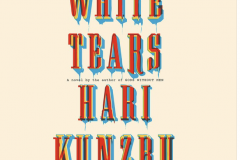
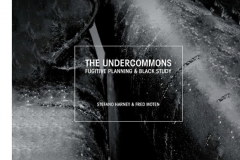
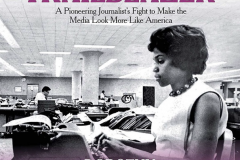
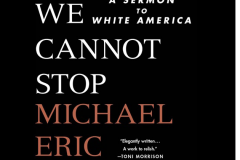

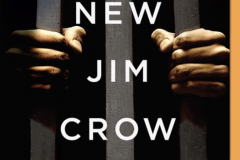


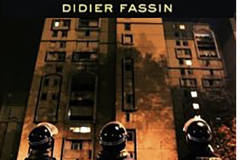



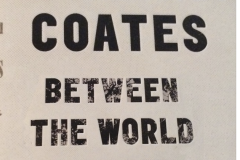
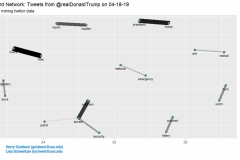

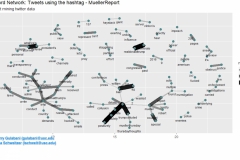

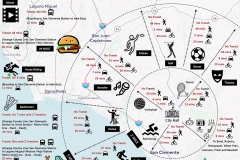
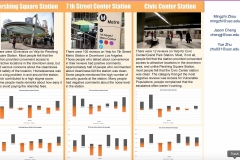



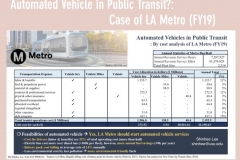
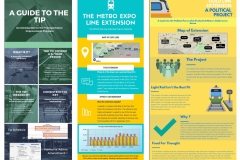

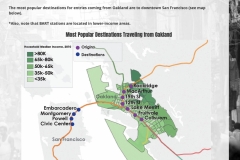

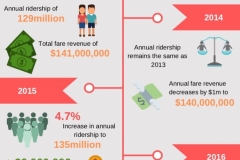
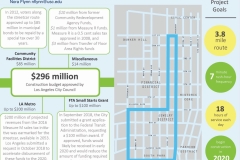
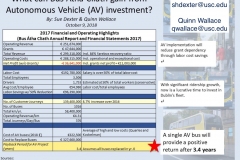
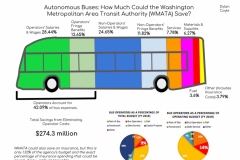


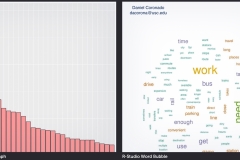

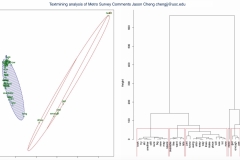

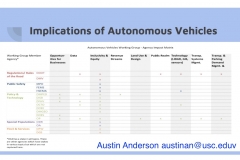
My longstanding personal hobby horse of taxing owner-occupied residential land at the time of sale, and assessing only improvements annually, would eliminate the taxation displacement problem of gentrification. Of course, I haven’t completely thought through the implications of this.